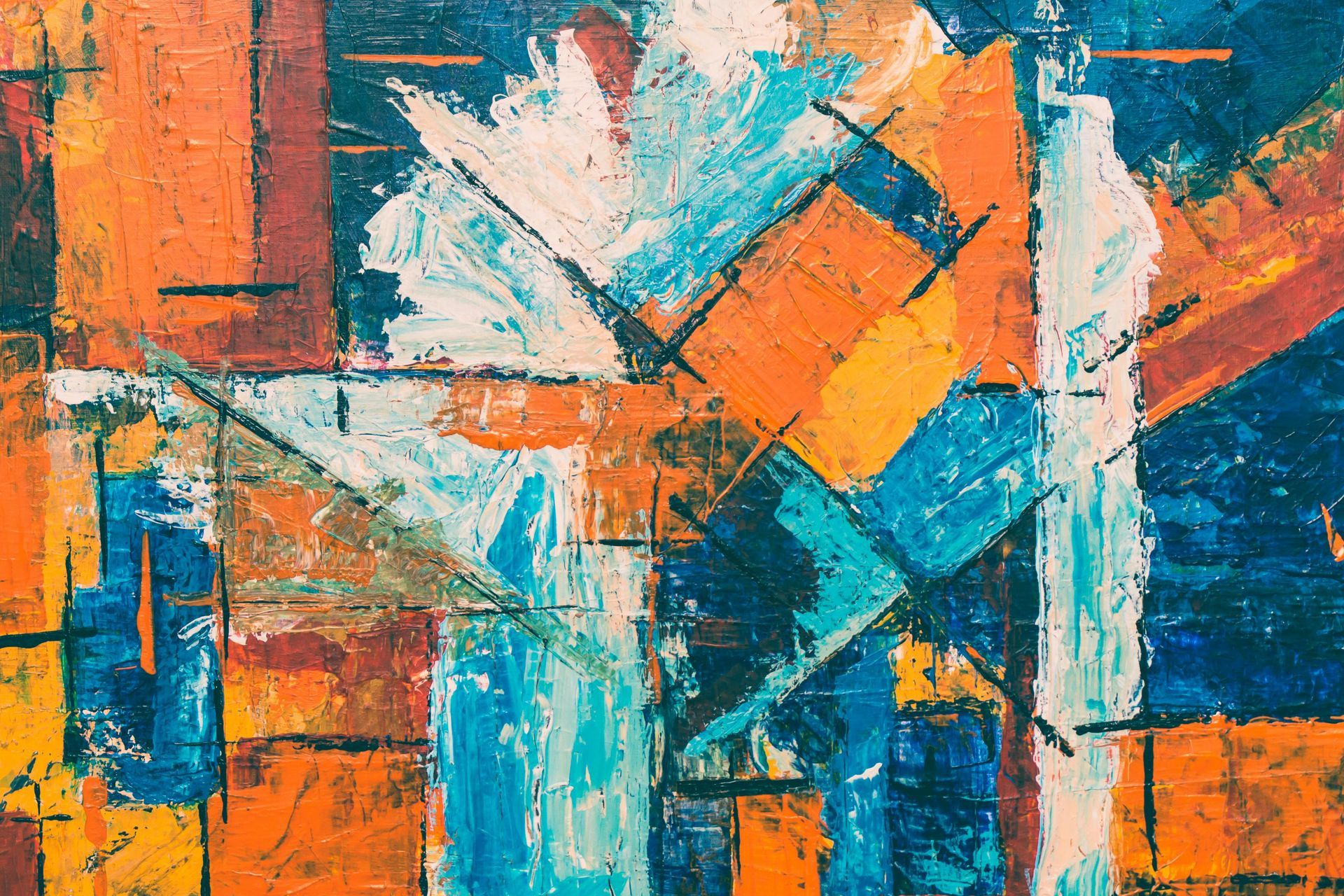July 26, 2025
Throughout human history, art has served as a powerful means of communication—long before written language or spoken words. From the earliest cave paintings to contemporary visual storytelling, art has allowed humans to express ideas, emotions, and experiences in ways that transcend verbal language. Early Communication Through Art The origins of artistic expression can be traced back tens of thousands of years to prehistoric times. Early humans used natural pigments to create images on cave walls, depicting animals, hunting scenes, and symbolic handprints. These visual representations were more than mere decoration; they were a vital means of sharing stories, preserving collective memory, and conveying important cultural information. Symbolism and Meaning in Ancient Cultures As civilizations advanced, art became increasingly symbolic and complex. In ancient Egypt, murals and hieroglyphics illustrated religious beliefs and guided souls in the afterlife. Similarly, Byzantine and Medieval Christian art employed icons and symbols to communicate spiritual concepts to largely illiterate populations. Color, form, and gesture all carried specific meanings, creating a visual language accessible to many. Art as Personal and Political Expression Over time, art evolved beyond its religious and cultural functions to become a vehicle for personal expression and social commentary. Artists like Frida Kahlo used their work to explore identity, pain, and resilience, while others like Banksy employ street art to challenge political and social norms. Through imagery, artists convey complex narratives and provoke dialogue without uttering a single word. Contemporary Visual Storytelling Today, art continues to be a universal language. In a digital age dominated by images, photography, film, and social media, visual art reaches global audiences instantly. It remains a profound way to evoke emotion, challenge perceptions, and foster connection across diverse cultures and languages. Art’s silent language speaks volumes. It bypasses barriers of language and culture to communicate what often cannot be said. Whether through a prehistoric cave painting or a modern mural, art remains an essential and enduring form of human expression.
